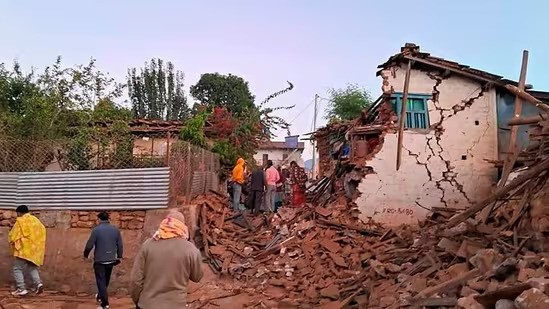Free Courses Sale ends Soon, Get It Now


Free Courses Sale ends Soon, Get It Now



Disclaimer: Copyright infringement not intended.
Context
Earthquake:
Types of Earthquakes:
Seismic Zones of India:
Seismic Active Zones:
|
Mercalli Scale: a twelve-point scale for expressing the local intensity of an earthquake, ranging from I (virtually imperceptible) to XII (total destruction). Richter scale: It is a scale of numbers used to tell the power (or magnitude) of earthquakes. |
Types of Seismic Waves:
BODY WAVES
SURFACE WAVES
India and earthquakes:
Causes of Earthquakes in India
Impact of Earthquakes
Steps taken by Government to manage Earthquakes
International Cooperation
Challenges and Gaps in Earthquake Management in India
Way Forward:
|
PRACTICE QUESTION Discuss the causes, impacts, and mitigation strategies for earthquakes in seismic-prone regions. (250 words) |
© 2024 iasgyan. All right reserved